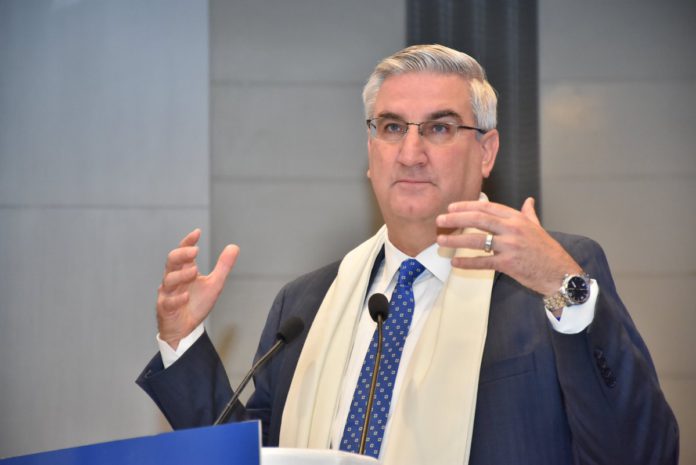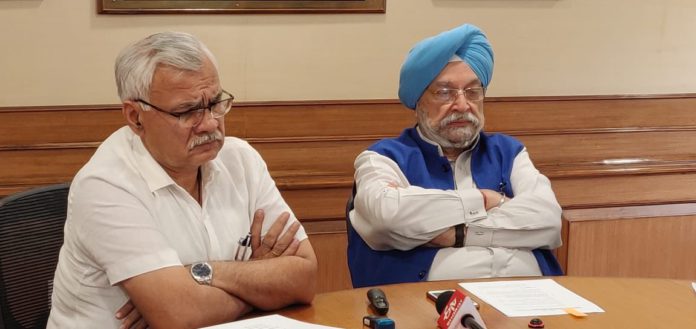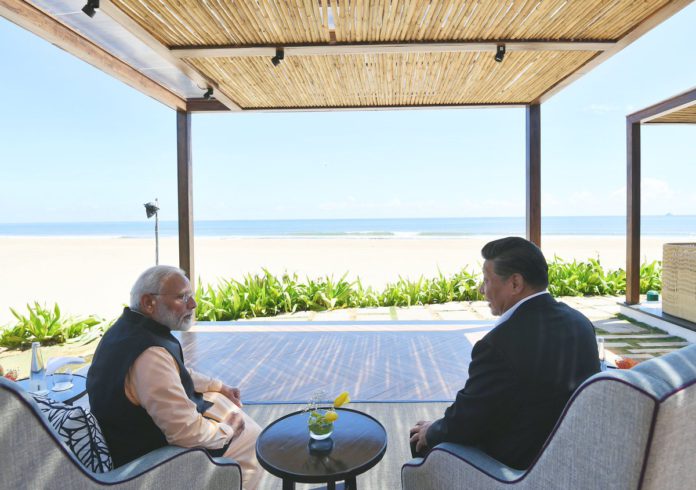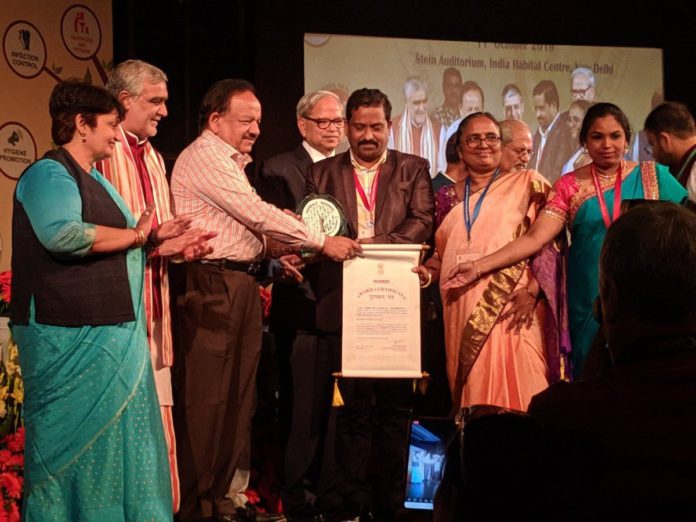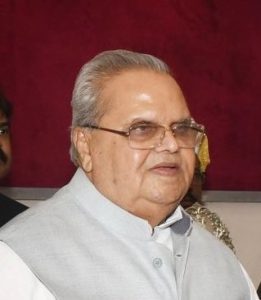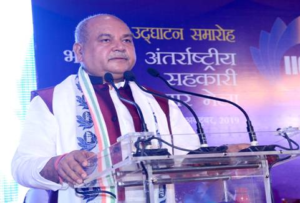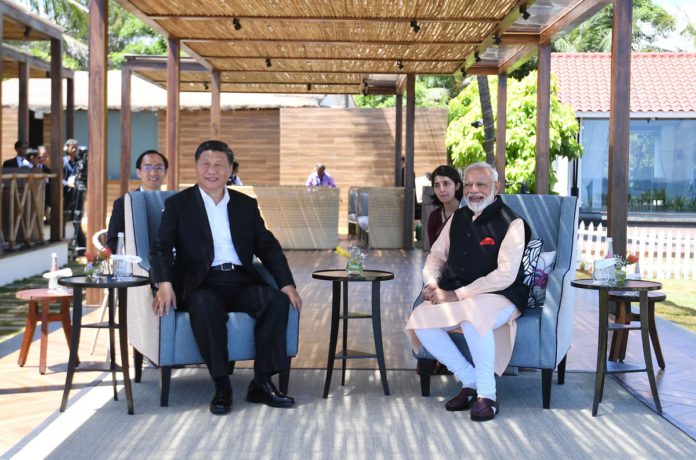New Delhi: US State of Indiana has invited Indian companies to explore business opportunities by investing in the state.
Speaking at the ‘Indiana – India Business Meet’ organized by FICCI recently, Eric J Holcomb, Governor of the State said “We are working to strengthen our Government to Government relationships, Business to Business relationships and most importantly, our People to People relationships. The only and most effective way we can do that is to be present here on the ground.”
Holcomb was also conferred with the ‘2019 Gandhi Global Leadership Award’ during the event.
“We are here to seek new friendships, relationships and partnerships,” he added.
Highlighting the potential areas for investment, Eric said that Indiana government’s priority area is infrastructure development and cited 6 R’s (Roads, Railway, Runways, Rural Hi-speed internet connectivity, Rivers) as potential sectors for investment. “Our infrastructure program is built to connect the business globally and we want to build infrastructure of the best standards,” he added.
Commemorating 150th birth anniversary of Mahatma Gandhi, Eric reiterated that it was Gandhi who said, “the future depends on what you do today.” He further added that “And really, that’s why we are here today, with an eye on our future, both for India and Indiana.”
T S Tirumurti, Secretary (Economic Relations), Ministry of External Affairs, Government of India said that there is a new energy in India-US relations. “The visit of Prime Minister Narendra Modi’s visit to US in many ways is a culmination of hard work everyone has done to make this relationship very vibrant,” he said.
Jim Schellinger, Commerce Secretary, State of Indiana, USA highlighted the business opportunities for Indian companies in Indiana. “If you invest in Indiana, we will offer you mountain of savings and ocean of opportunities,” he added.
Dr Ashwath Narayan C N, Deputy Chief Minister of Karnataka said that the government of Karnataka is unwavering in its commitment to further improve ease of doing business by ensuring an environment that fosters industry, investment and opportunities. He further added, “We will also renew the sister state agreement we have with the State of Indiana, USA for cooperation in economic, educational, sports and cultural fields.”

